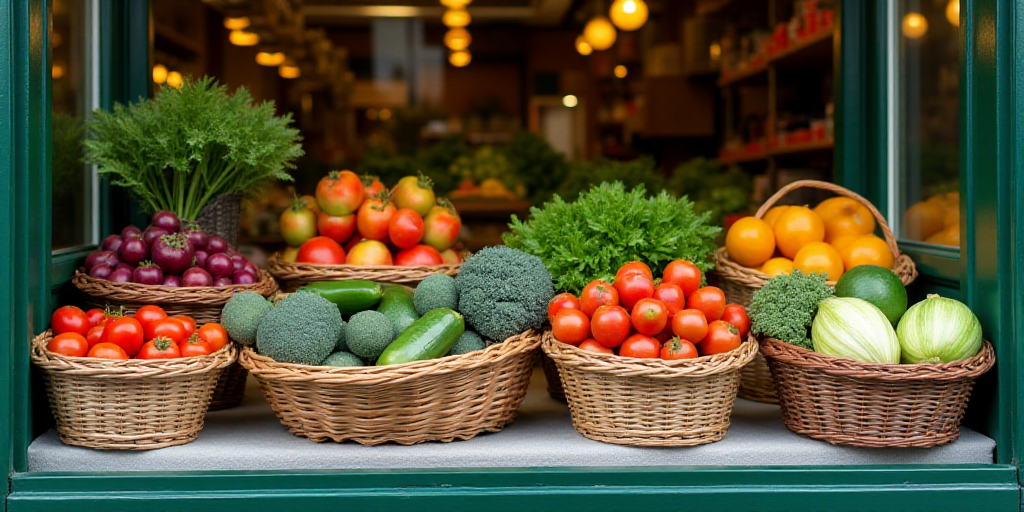Introduction to the Food and Agriculture Organization (FAO)
The Food and Agriculture Organization (FAO) of the United Nations reported that global prices for essential food commodities decreased in May, largely due to significant reductions in cereal, sugar, and vegetable oil prices.
FAO Food Price Index Drops in May
The FAO Food Price Index, which tracks monthly variations in a basket of internationally traded food commodities, averaged 127.7 points in May—a decrease of 0.8% from April.
Decline in Sugar Prices
The FAO sugar price index fell by 2.6% in May, reflecting concerns over global economic prospects, lower demand from food and beverage industries, and expectations of improved production in the upcoming season.
Rise in Meat Prices
Meat prices increased by 1.3% compared to April, with beef, pork, and mutton prices rising, while beef reached a historical high.
Decrease in Poultry Prices
Poultry prices dropped due to excess supplies in Brazil following restrictions on imports related to an avian influenza outbreak.
Increase in Dairy Prices
The FAO dairy price index rose by 0.8%, supported by strong demand from Asia. Butter prices remained at historical highs, while cheese and whole milk powder prices also increased.
FAO’s Global Cereal Production Forecast
In a separate report, the FAO forecasts a record world cereal production of 2,911 million metric tons in 2025, surpassing the previous estimate of 2,848 million tons and being 2.1% higher than 2024.
Projected Increase in Global Cereal Reserves
With production expected to exceed consumption, global cereal reserves are projected to grow by 1.0%, partially recovering from the contraction experienced in the previous year.
Key Questions and Answers
- What is the FAO and why is it relevant? The Food and Agriculture Organization (FAO) of the United Nations is responsible for coordinating international efforts to defeat hunger. Its reports on food prices and production are crucial for understanding global food market trends.
- Which food commodities experienced price changes in May? Cereals, sugar, vegetable oils, meat (beef, pork, and mutton), poultry, and dairy products all experienced price changes in May.
- Why did sugar prices drop? Sugar prices fell due to concerns over global economic prospects, lower demand from food and beverage industries, and expectations of improved production in the upcoming season.
- Which meat categories saw price increases? Beef, pork, and mutton prices all increased, with beef reaching a historical high.
- Why did poultry prices decrease? Poultry prices dropped due to excess supplies in Brazil following restrictions on imports related to an avian influenza outbreak.
- What drove the rise in dairy prices? Strong demand from Asia supported the increase in dairy prices, with butter prices reaching historical highs and cheese and whole milk powder prices also rising.
- What is the FAO’s outlook for global cereal production and reserves? The FAO forecasts a record world cereal production of 2,911 million metric tons in 2025 and projects global cereal reserves to grow by 1.0%.






